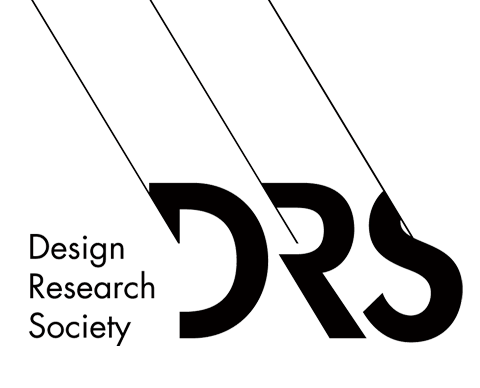Abstract
The built environment includes all man-made spaces for activities like living and urban development, organised via zoning and land use planning. To enhance sustainability, Finland's environmental administration launched the Ryhti project to centralise data systems, optimising the accessibility and consistency of land use and construction information. This research investigates how systems-oriented service design, specifically gigamapping, supports the strategic implementation of complex digital built environments. Through literature review and a case study, it showcases gigamapping’s role in the strategic-tactical spectrum of organisational decision making, applying the four levels of design management and the iceberg model of design problems to contextualise decision layers and design problem complexity. A qualitative case study at Sitowise, a Finnish smart city company, demonstrates gigamapping role in facilitating collaboration and strategic planning, bridging strategic goals with operational execution. Findings indicate that systems-oriented service design such as gigamapping fosters effective collaboration, supports the visualisation of complex systems and helps to prioritise actionable steps for strategic outcomes.
Keywords
Gigamapping; Systems-oriented Service Design; Systems Thinking; Strategic Implementation; Digital Built Environment; Complex Environments; ZIP Analysis; Relation; Engagement; Co-creation; Design Management
DOI
https://doi.org/10.21606/nordes.2025.15
Citation
Kotaniemi, S., Suoheimo, M., Miettinen, S.,and Sevaldson, B.(2025) Transforming Complex Environments: Applying Systems-Oriented Service Design in Complex Built and Digital Environments, in Morrison, A., Culén, A. & Habib, L. (eds.), Nordes 2025: Relational Design, 6-8 August, Oslo, Norway. https://doi.org/10.21606/nordes.2025.15
Creative Commons License

This work is licensed under a Creative Commons Attribution-NonCommercial 4.0 International License
Conference Track
Full Papers
Included in
Transforming Complex Environments: Applying Systems-Oriented Service Design in Complex Built and Digital Environments
The built environment includes all man-made spaces for activities like living and urban development, organised via zoning and land use planning. To enhance sustainability, Finland's environmental administration launched the Ryhti project to centralise data systems, optimising the accessibility and consistency of land use and construction information. This research investigates how systems-oriented service design, specifically gigamapping, supports the strategic implementation of complex digital built environments. Through literature review and a case study, it showcases gigamapping’s role in the strategic-tactical spectrum of organisational decision making, applying the four levels of design management and the iceberg model of design problems to contextualise decision layers and design problem complexity. A qualitative case study at Sitowise, a Finnish smart city company, demonstrates gigamapping role in facilitating collaboration and strategic planning, bridging strategic goals with operational execution. Findings indicate that systems-oriented service design such as gigamapping fosters effective collaboration, supports the visualisation of complex systems and helps to prioritise actionable steps for strategic outcomes.

